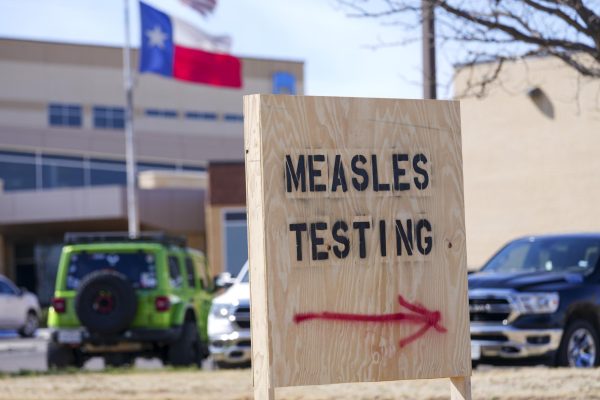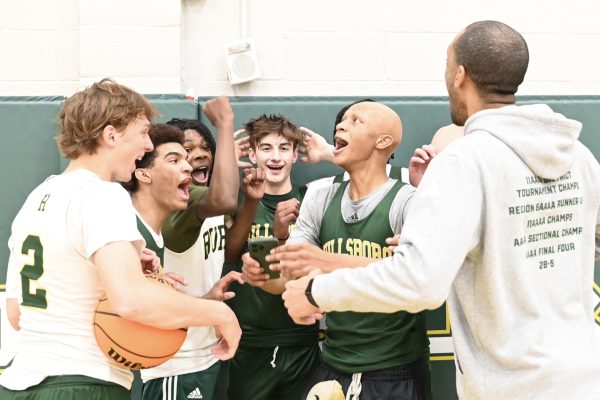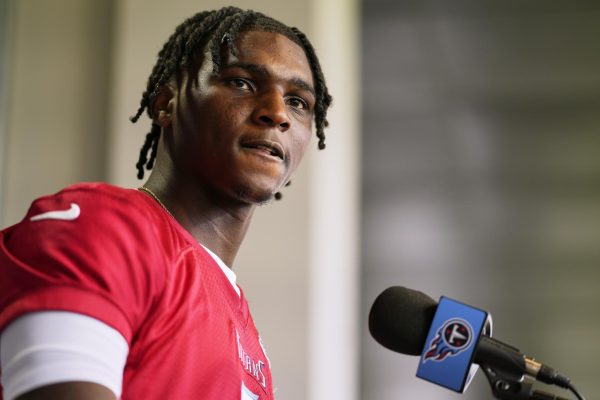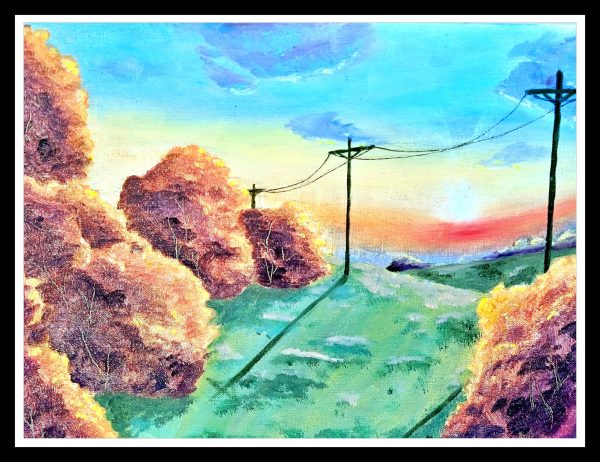NASA astronaut, 1st to fly untethered in space, dies at 80
“It was a wonderful feeling, a mix of personal elation and professional pride: it had taken many years to get to that point.”
HOUSTON — NASA astronaut Bruce McCandless, the first person to fly freely and untethered in space, has died. He was 80. During his first space flight aboard the shuttle Challenger in February 1984, Mccandleuss carried out this historic spacewalk by using a nitrogen gas-powered (MMU) Manned Maneuvering Unit he helped to design.
Mccandleuss floated alone in the deep black of space above Earth and became a national hero for the space shuttle program.
The Challenger space shuttle crew launched communications satellites before returning to Earth, making the program’s first shuttle landing at the Kennedy Space Center.
He was famously photographed in 1984 flying with a hefty spacewalker’s jetpack, alone in the cosmic blackness above a blue Earth. He traveled more than 300 feet away from the space shuttle Challenger during the spacewalk.
“The iconic photo of Bruce soaring effortlessly in space has inspired generations of Americans to believe that there is no limit to the human potential,” Sen. John McCain said in a statement. The Arizona Republican and McCandless were classmates at the U.S. Naval Academy.
NASA’s Johnson Space Center said Friday that McCandless died Thursday in California. No cause of death was given.
Born in Boston on June 8, 1937, McCandless graduated second in his class at the Naval Academy and was designated a naval aviator in 1960.
Astronaut McCandless came from a family of heroes. His father, Bruce McCandless, was a communications officer aboard the USS San Francisco who was awarded the Medal of Honor for heroism in the battle of Guadalcanal. He retired as a rear admiral.
Facing fearful situations with courage were nothing new for this astronaut. Mccandleuss said he wasn’t nervous about the historic spacewalk. But he also wrote: “It was a wonderful feeling, a mix of personal elation and professional pride: it had taken many years to get to that point.”
He was one of 19 astronauts selected by NASA in 1966 to join the Apollo moon program. He served as capsule communicator, or CAPCOM, during the Apollo 11 mission when Neil Armstrong and Buzz Aldrin stepped onto the lunar surface.
Nearly thirty years later, McCandless was later part of the 1990 shuttle crew that delivered the Hubble Space Telescope to orbit.
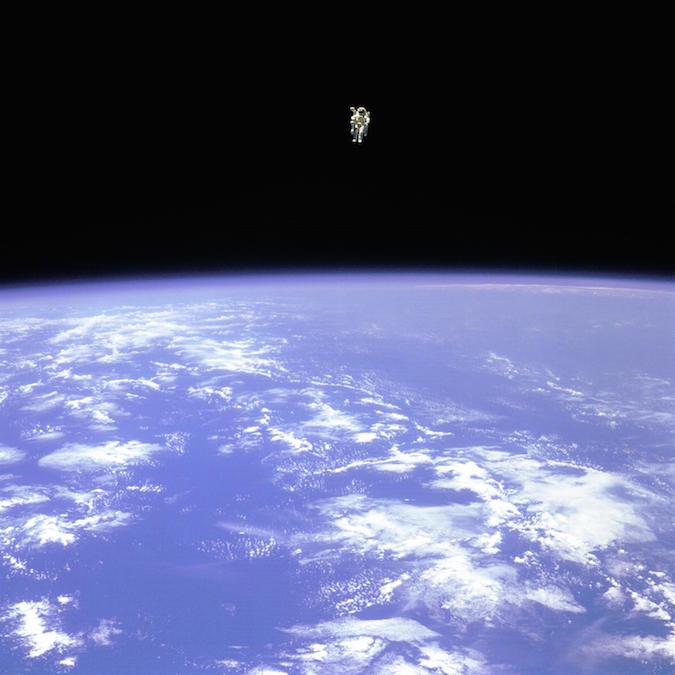
During his spacewalk, “My wife was at mission control, and there was quite a bit of apprehension,” McCandless wrote. “I wanted to say something similar to Neil when he landed on the moon, so I said, “It may have been a small step for Neil, but it’s a heck of a big leap for me.” That loosened the tension a bit.”
“Bruce served his country with humility and dignity, and encouraged all of us to reach new heights,” McCain said.
Survivors include his wife, Ellen Shields McCandless of Conifer, Colorado, two children and two grandchildren.




